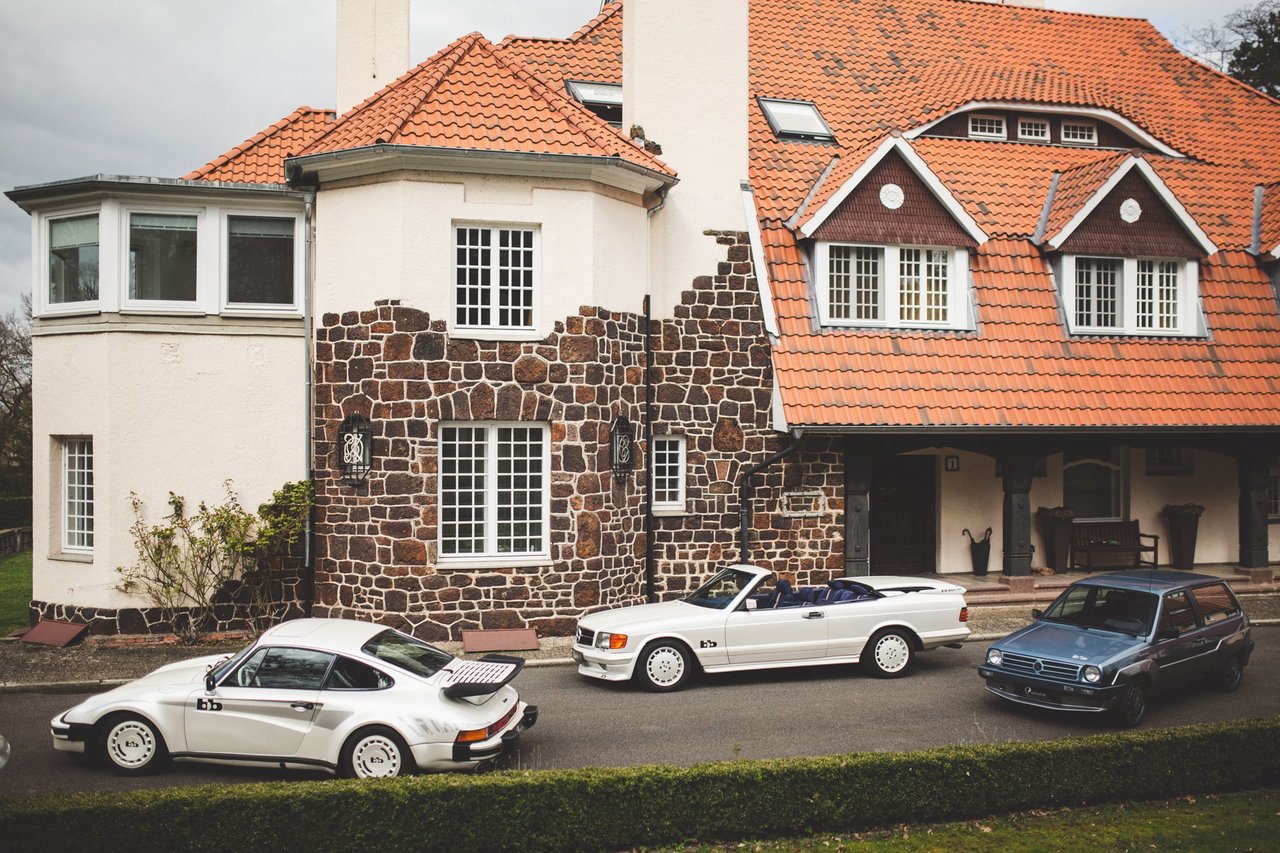
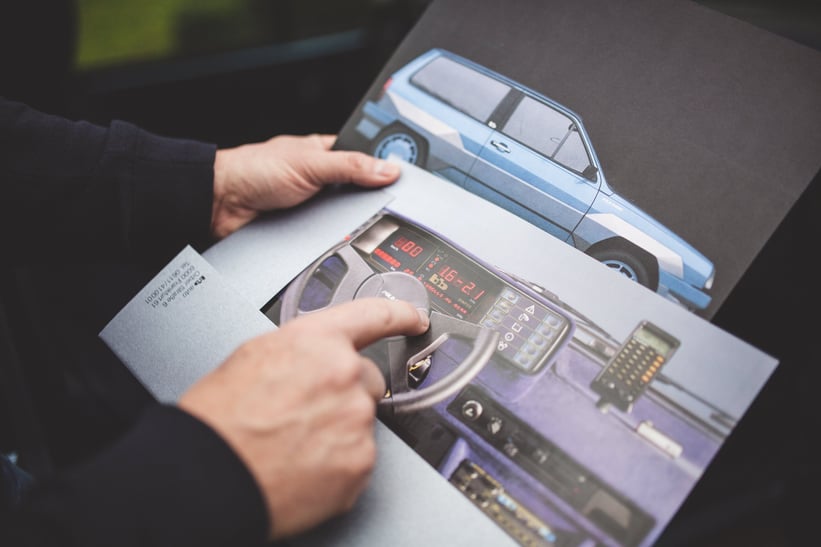
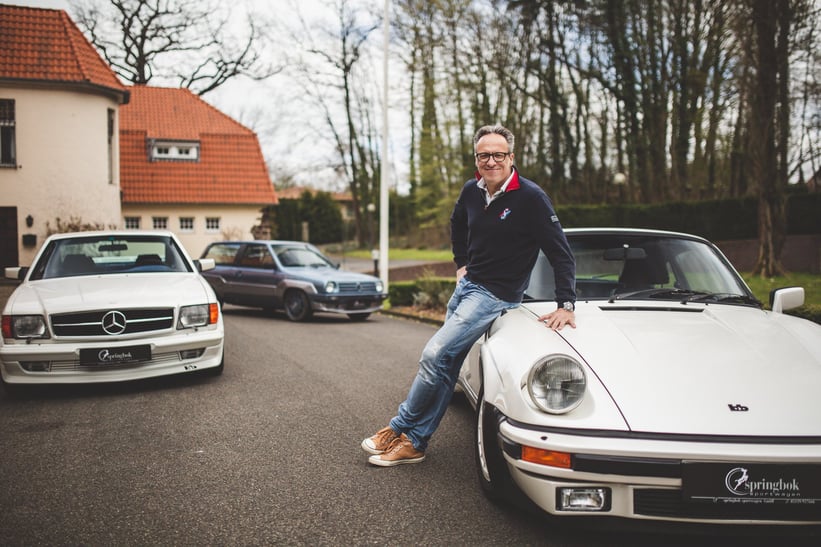
Those of you who are impatiently counting down the days until Techno Classica Essen next week should definitely make sure you visit Springbok Sportwagen in Hall 3. There, you’ll find three extraordinary representatives of Rainer Buchmann’s distinctive BB brand: a 1986 Mercedes-Benz 500 SEC Magic Top, a 1984 Porsche 930 Turbo, and a 1982 VW Polo Carat. “The three cars were offered to me by a collector in Frankfurt,” explains Springbok’s head Frank Jacob, “and I just had to try them all out straight away.”

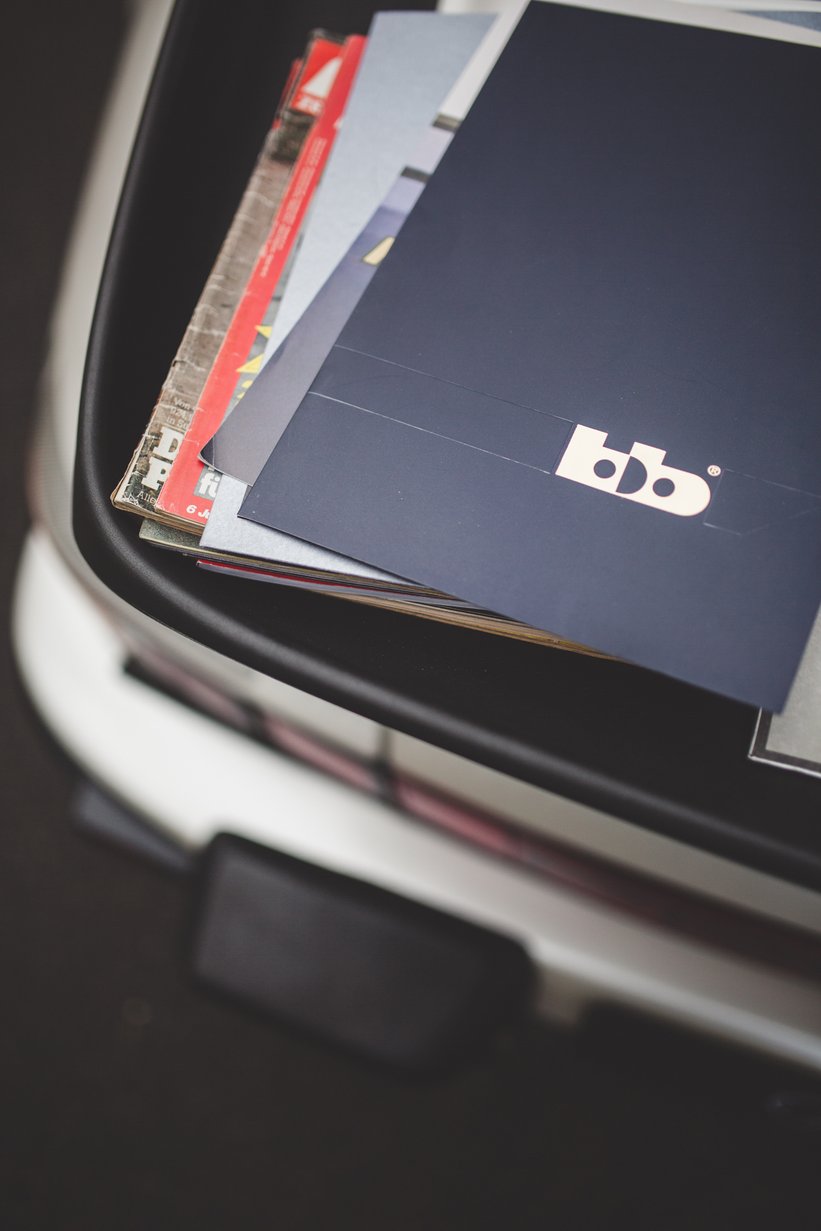
In the 1970s and ’80s, tuning houses enjoyed veritable popularity, dressing a whole manner of nondescript production cars with extreme bodies and whacky gizmos, as though standing out while parked in front of New York’s legendary disco Studio 54 with Donna Summer’s hits blasting from the stereo was their sole newfound purpose.
At the time, Frankfurt-based Rainer Buchmann’s cars were causing a sensation, leading his wildest creations, such as the Porsche Turbo Targa Rainbow and spaceship-like Mercedes-Benz CW 311, to garner cult status and a genuinely global following. But in these crazy decades, Buchmann also proved there was a method behind the madness, anticipating technological developments such as the first electronically controlled dashboard, electronic parking aids, and steering wheel-mounted control buttons.
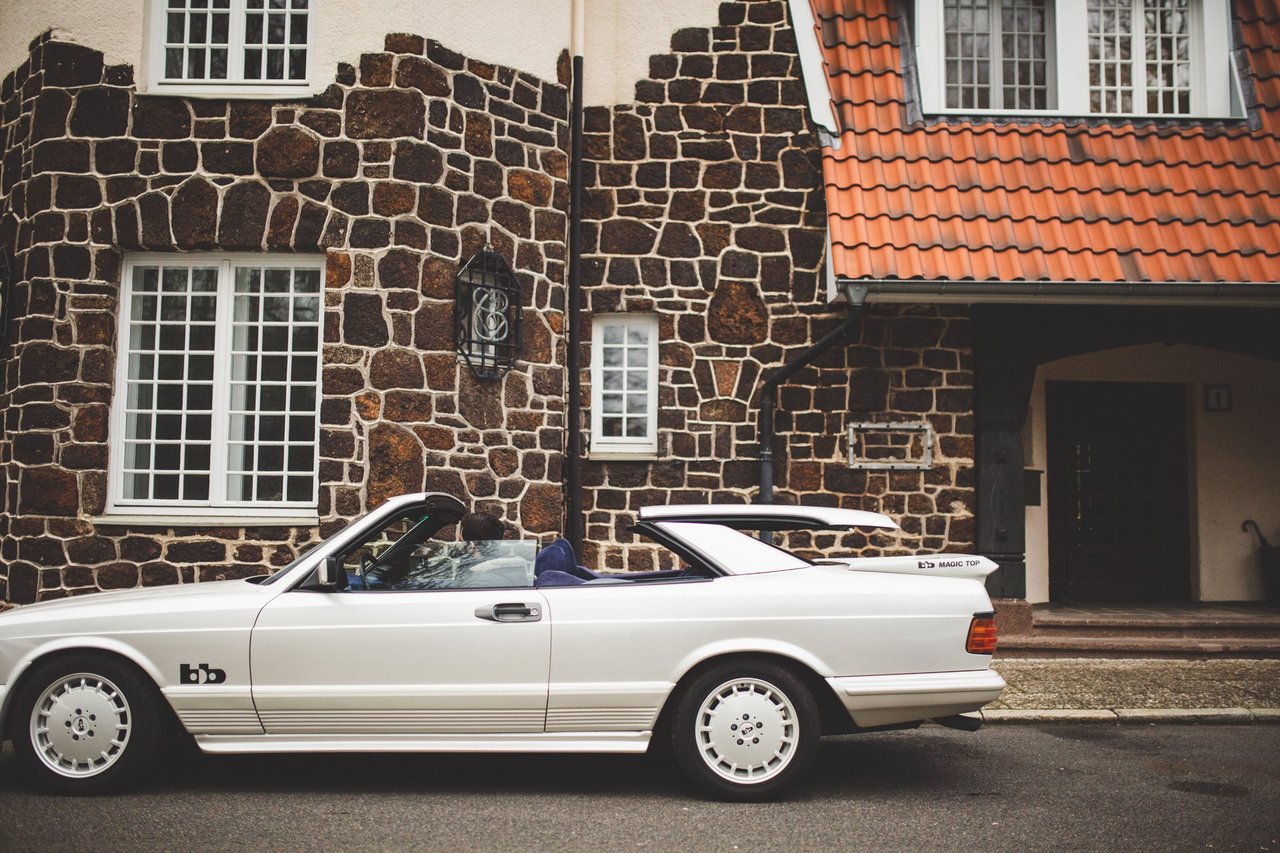

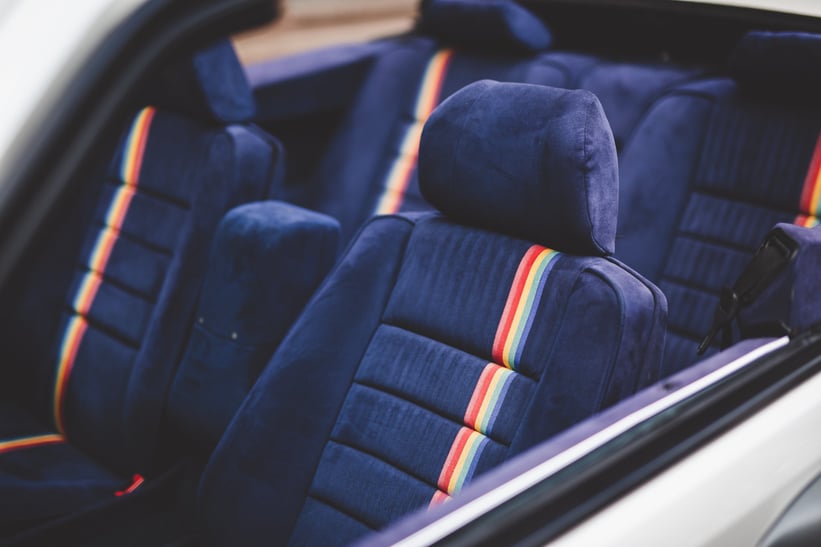
“It was an incredibly busy period back then for the likes of Buchmann because of people’s willingness to invest lots of money in customised cars,” Jacob continues. “The Mercedes-Benz 500 SEC Magic Top is an incredibly impressive case in point.” Certainly among the very first cars with a metal hardtop that folds away magically into the rear at the push of a button, the car pre-dated Mercedes’ own SLK by over a decade. Buchmann reportedly loved top-down driving but had no patience for flimsy fabric roofs.
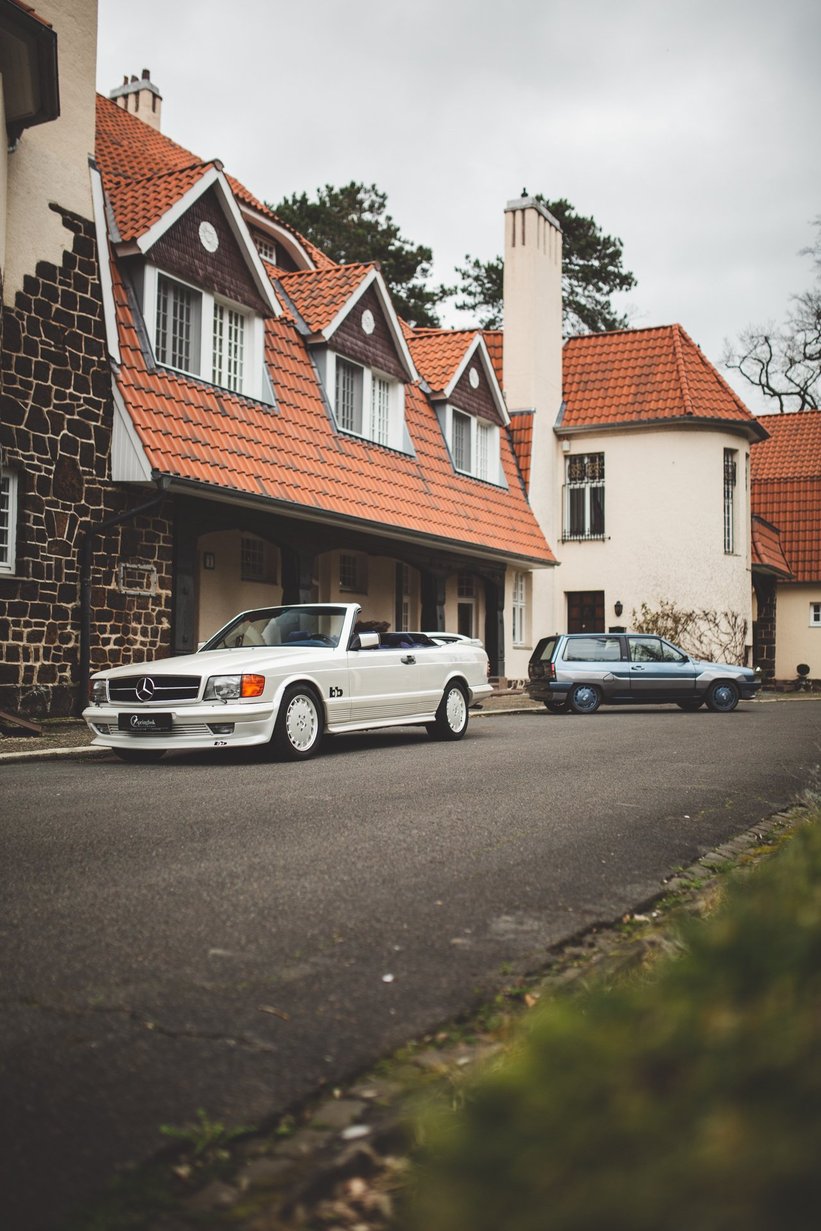
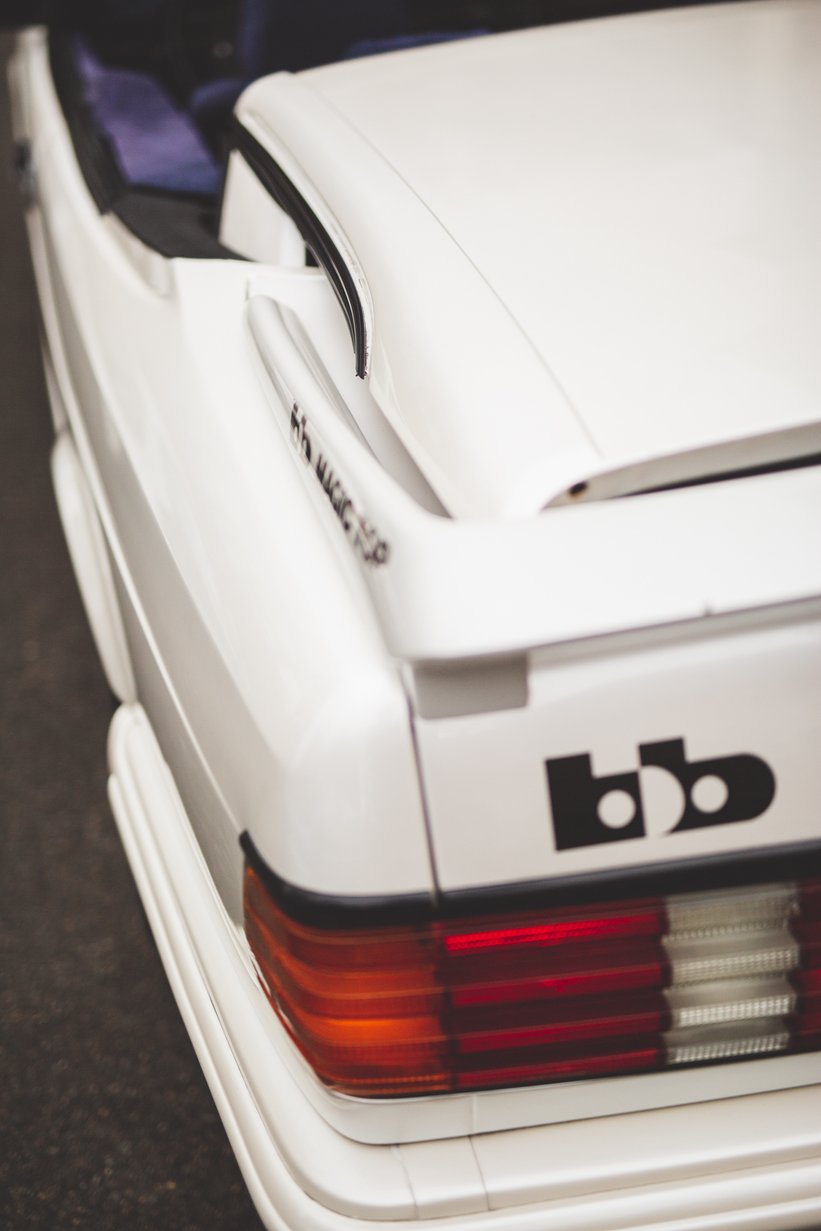
According to period documents, the technically and creatively complex roof of this car cost 140,000 Deutsche marks. The shining Mother of Pearl paintwork added another 12,000 marks, which, combined with a smattering of other options, made for a total cost of 200,000 marks for the Buchmann conversion. And that’s excluding the list price of the donor car! It’s believed to be one of around eight examples built by Buchmann and was originally exported to Japan where there was certainly no shortage of BB enthusiasts. Bizarrely, its first owner didn’t seem to enjoy using the great piece of automotive jewellery too much – he covered just 38,000km before the car was returned to Germany two years ago.
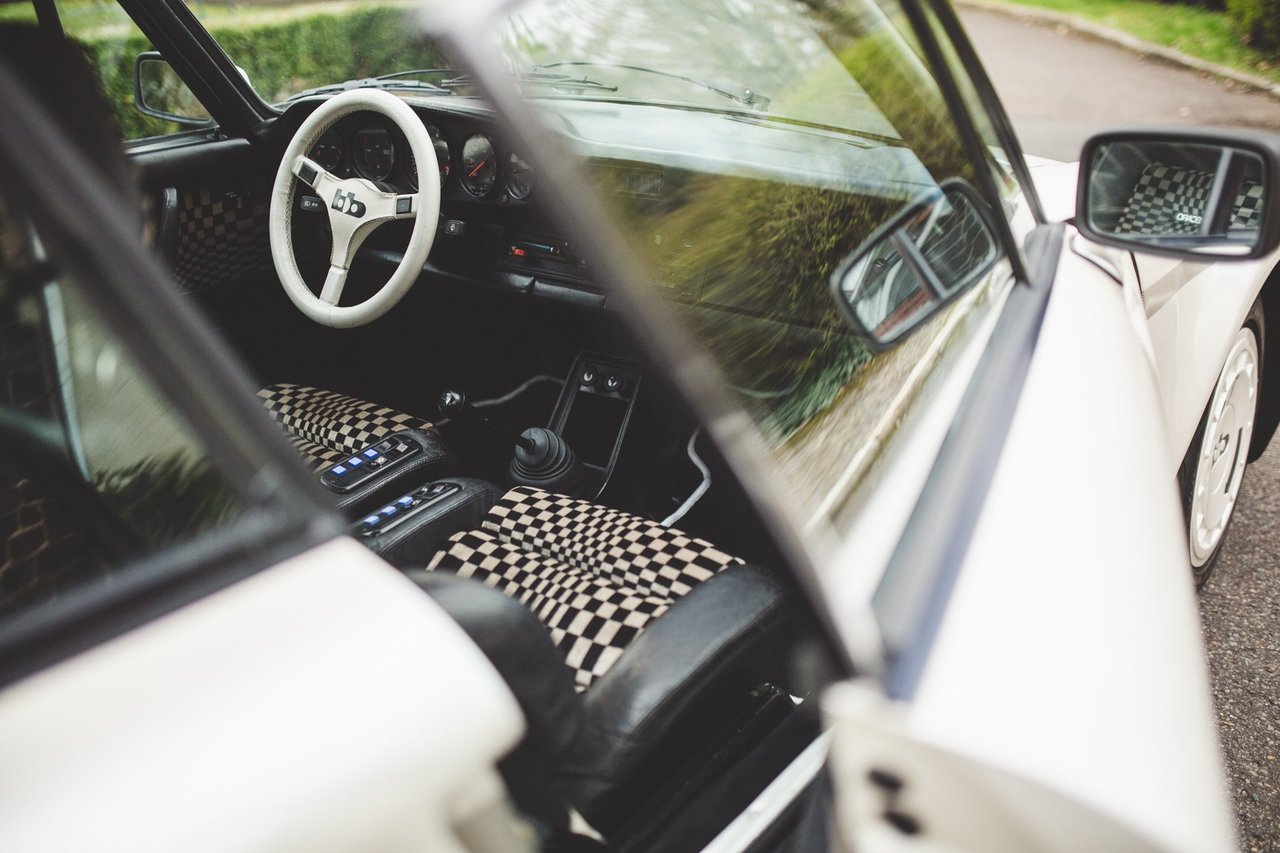

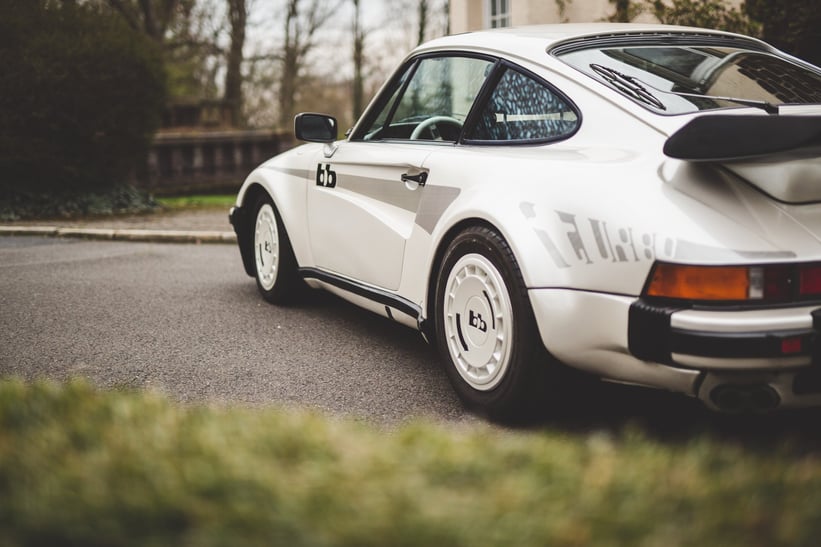
Buchmann’s designs always polarised opinion and looking at the white Porsche 930 Turbo, it’s not exactly hard to see why. BB had previously built a 928 Targa, though, and this, by comparison, is fairly restrained. It is also a bit of a hermaphrodite, though – it’s got the sultry front end of the 928, including the foldable headlights that give the impression of a Slant Nose.
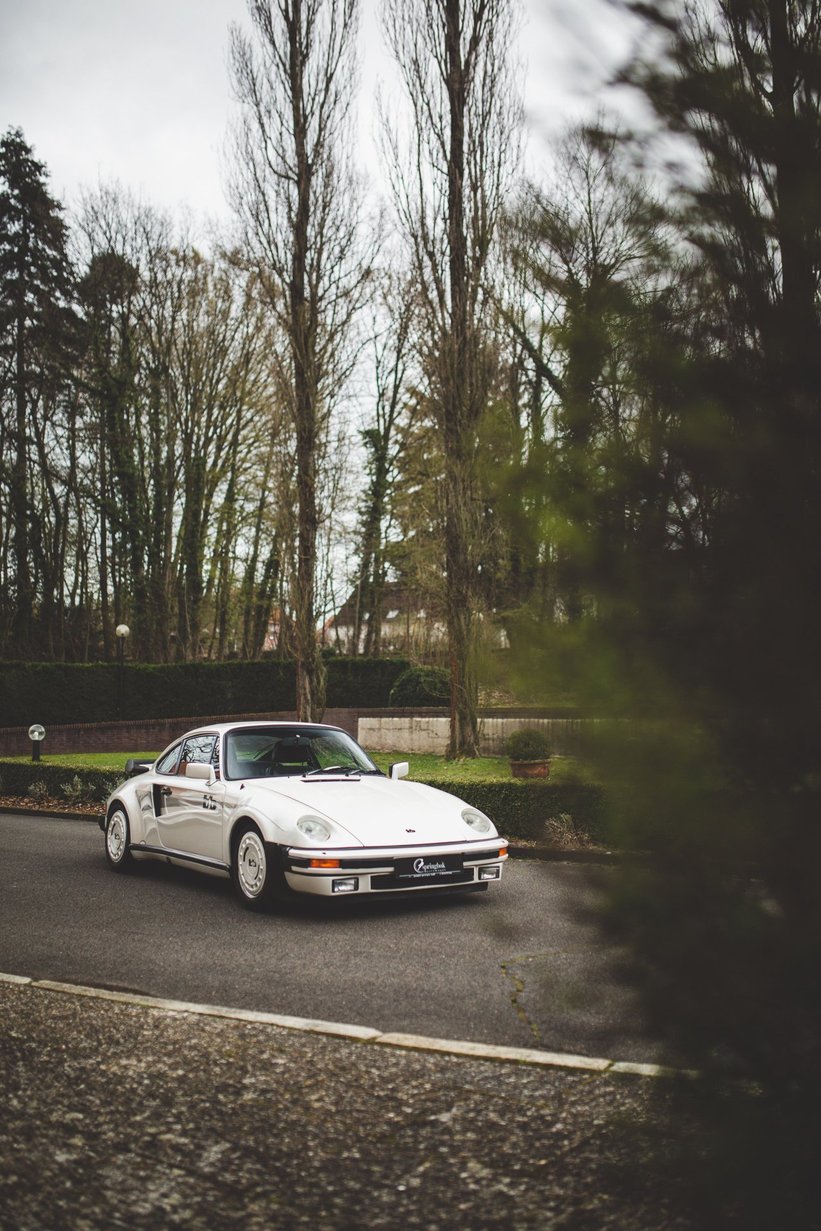
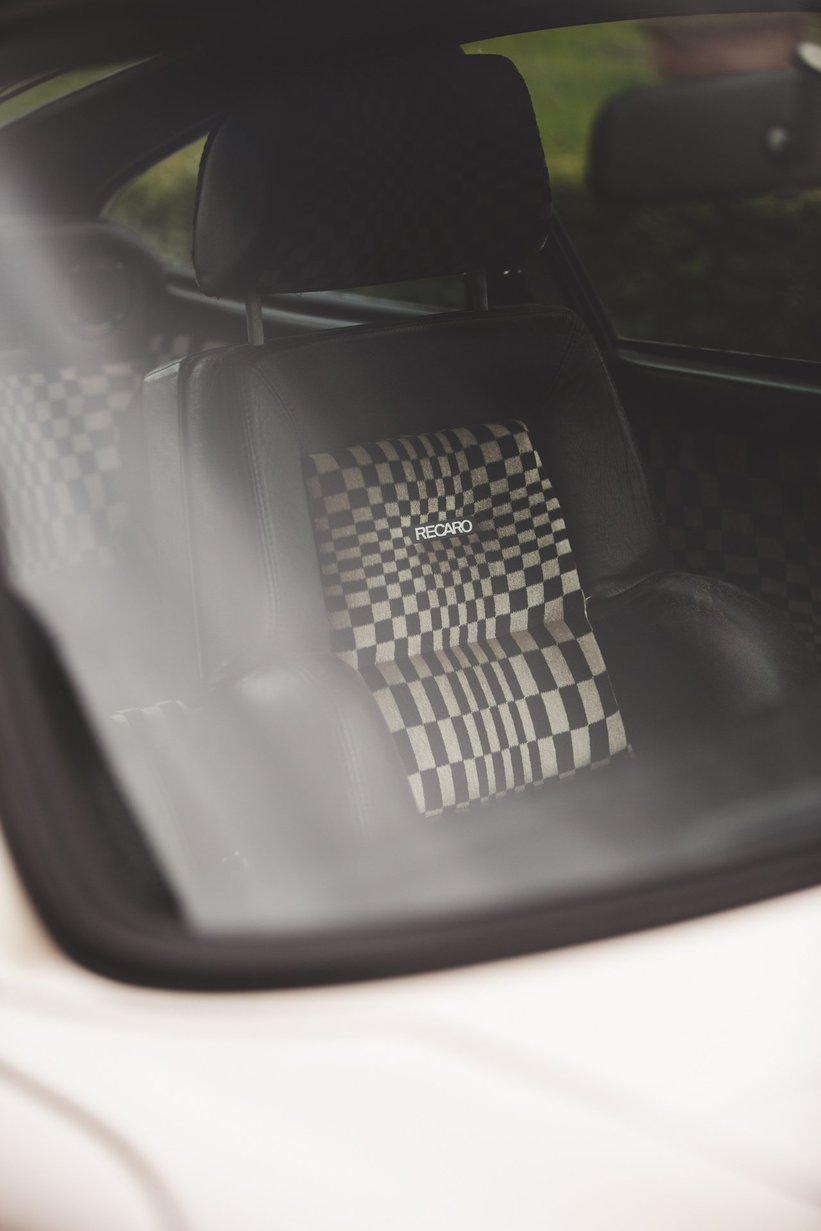
In addition, the coupé was widened before being delivered to a British BB enthusiast who, for no discernible reason, recorded only around 22,000km.
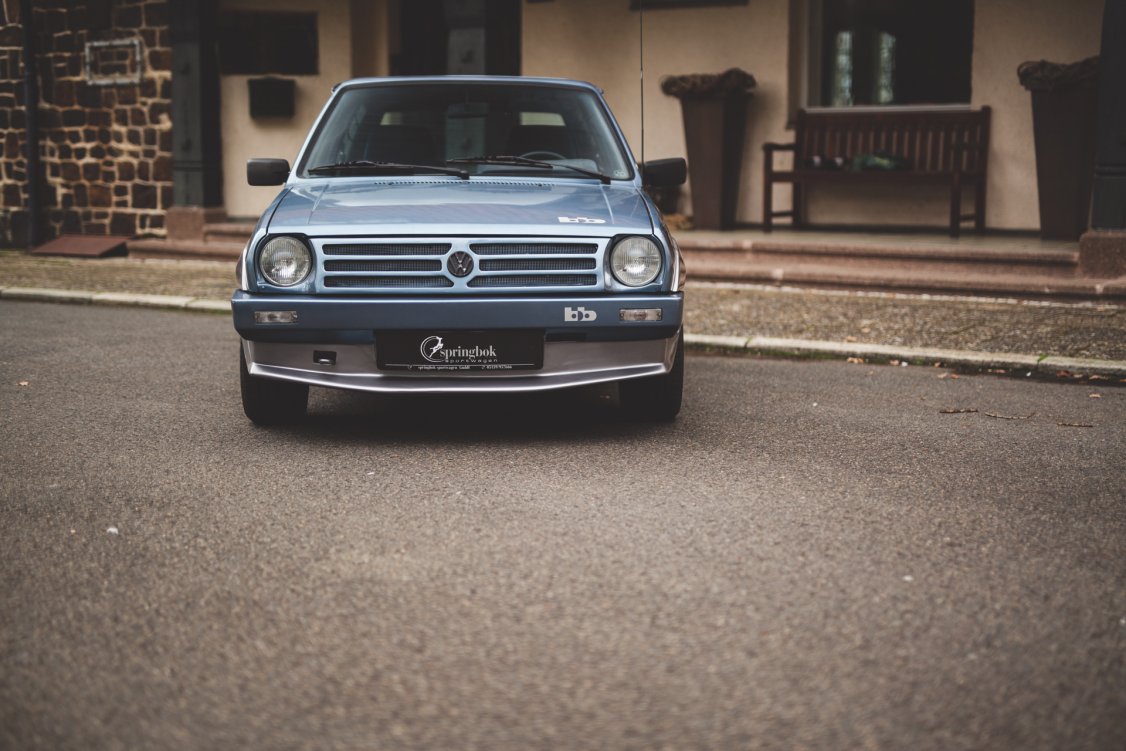
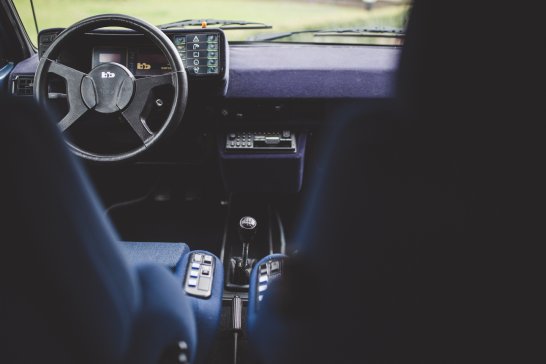
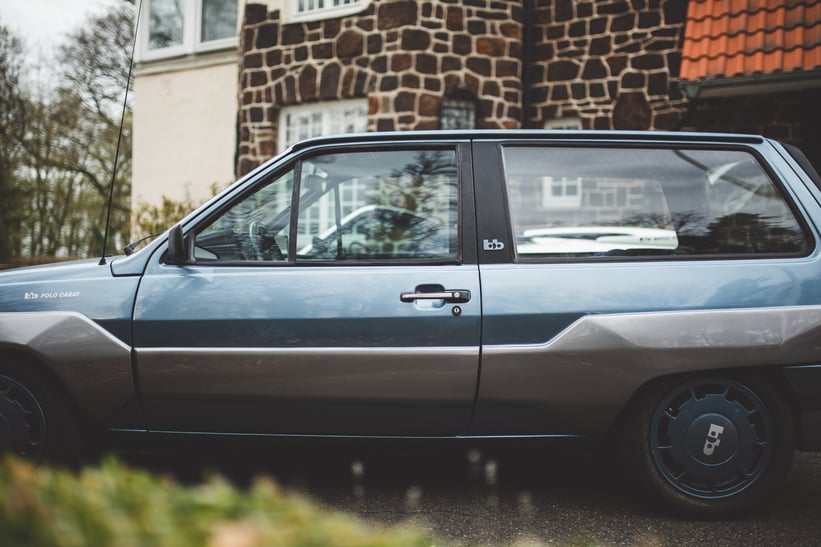
At first glance, the third car in this atypical trio – the humble VW Polo – appears a touch unremarkable. But then you double take and realise it’s anything but. And as Jacob notes, this intriguing people’s car conforms to a trend that’s becoming more and more important in the classic car world: it tells a genuinely unique story. It’s one that goes something like this: at a Geneva Motor Show where Buchmann was exhibiting, a member of the Volkswagen board swung by to have a look.
Back in Wolfsburg, an idea was suggested to allow Buchmann’s BB brand to sympathetically modify a Polo and thus create a fashionable limited edition. This was a real novelty and a fantastic opportunity for Buchmann, whose work more often put off major manufacturers than attracted them. He set about decking out the Polo with a raft of technological gadgets including a digital dashboard and electrically adjustable Recaro seats, various bodywork enhancements, and two special shades of paint. The BB Polo Paris and Carat models were born, and they were, for want of a better word, wild. This particular example, which will be offered at Techno Classica next week, is among the final examples of these limited series built.
.
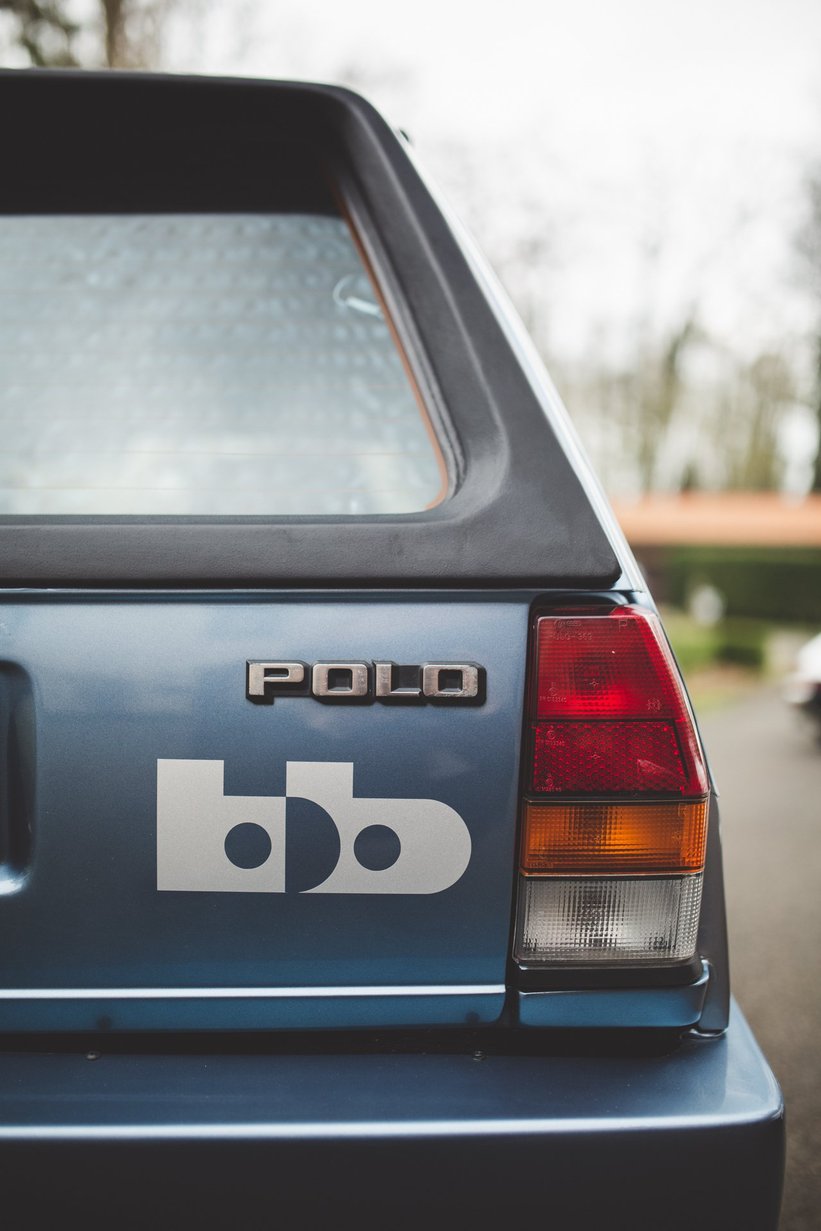
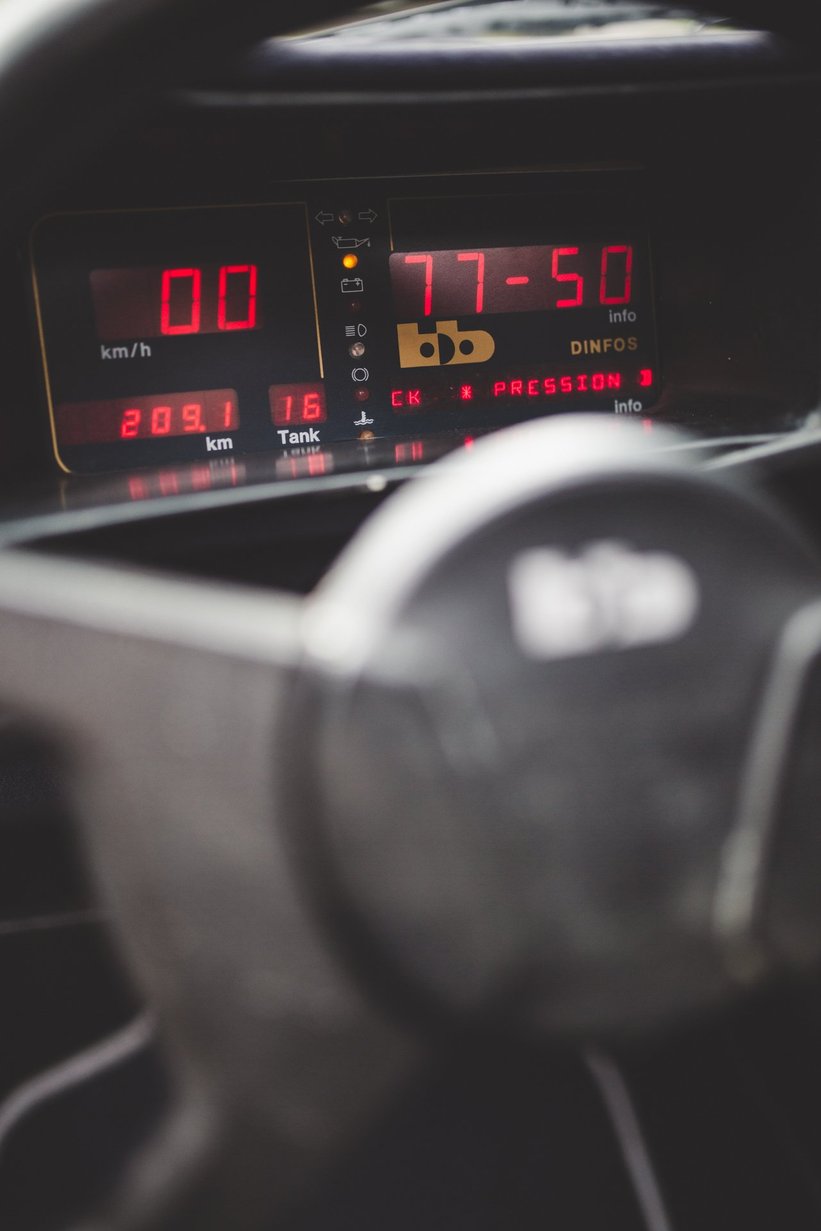
Ultimately, the cooperation with Volkswagen spelt the end for Buchmann. After VW pulled the plug, financial difficulties forced him to call time on BB. Several years ago, BB did momentarily return with a handful of modified cars. But if you really want to trace the cheeky and experimental approach to life in the 1970s and ’80s, you should watch ‘Car-napping’. Shot by Wigbert Wicker in 1980, the charming comedy features many automotive actors from BB’s studio, not least the Rainbow Targa and the CW 311.
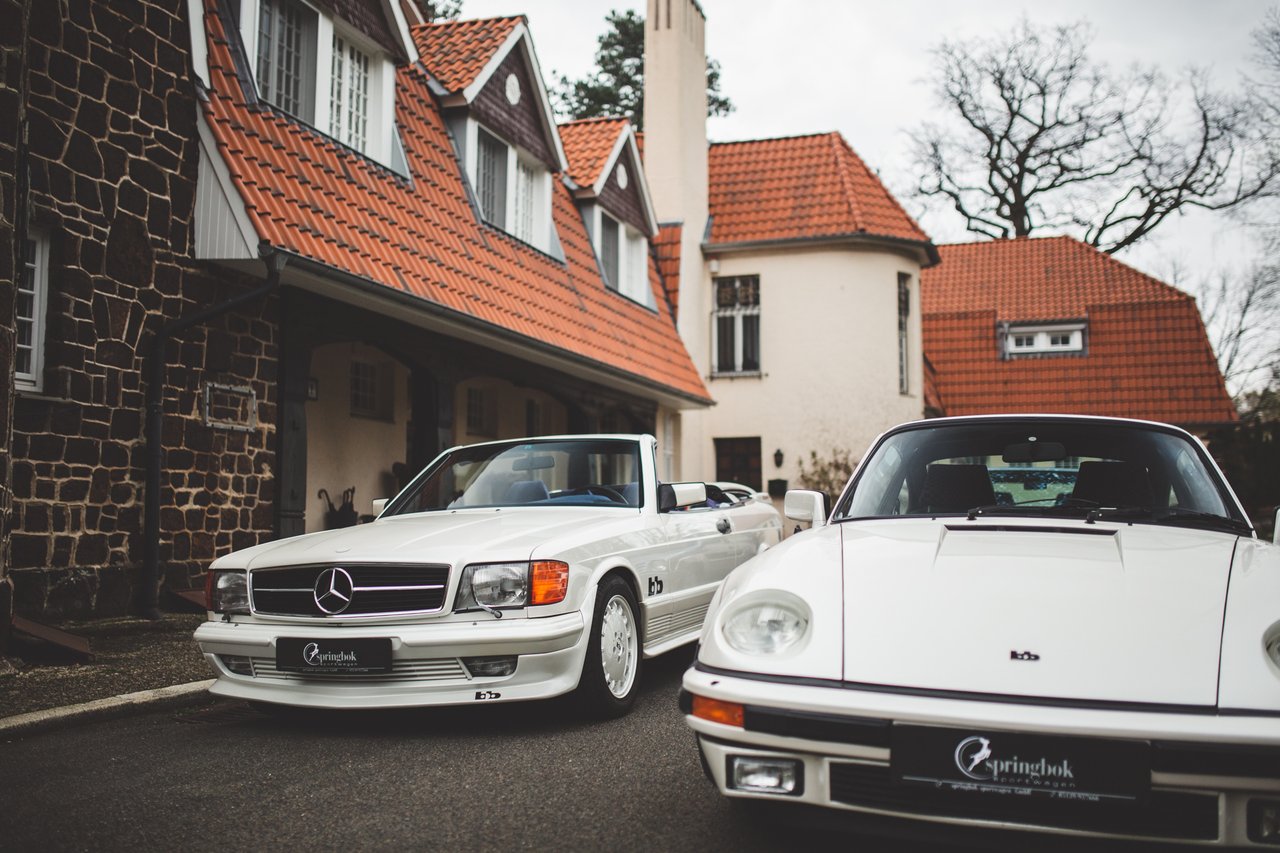
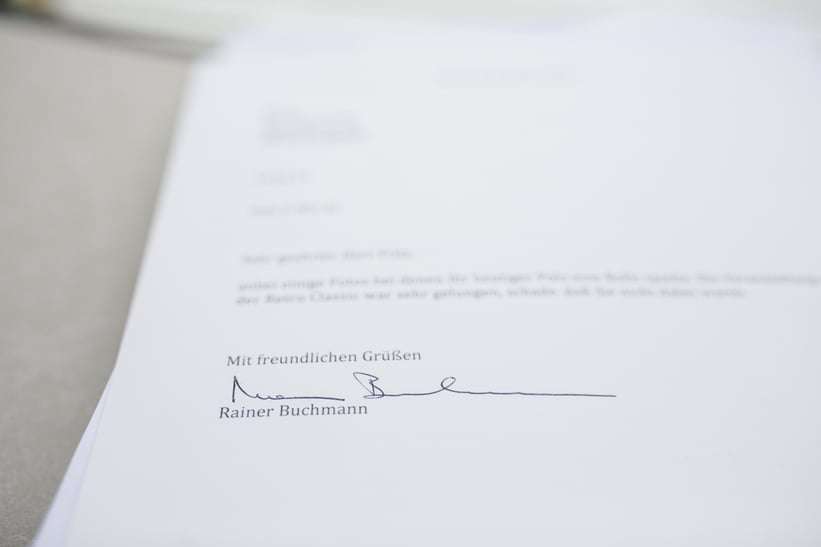
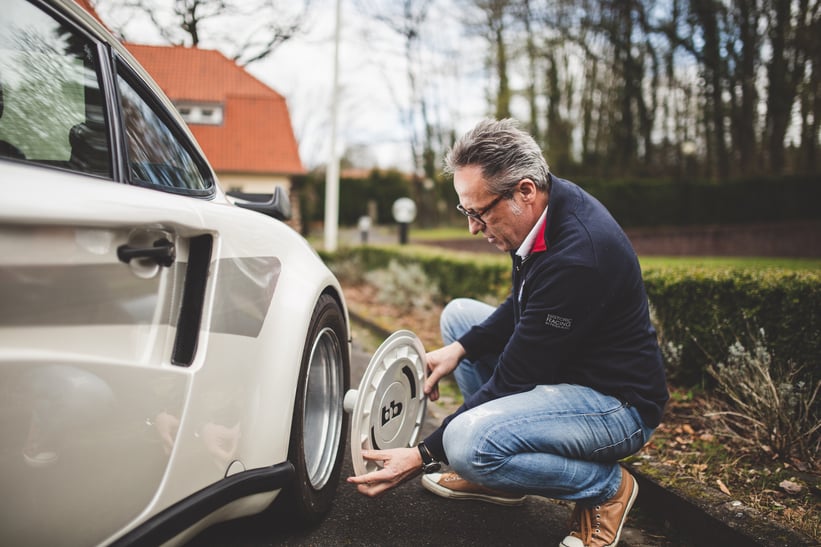
“I wanted to secure the BB trio because they embody an important epoch in their own idiosyncratic ways,” concludes Jacob, “and, given their rarity, more than hold their own in today's booming ‘youngtimer’ market.”
Photos: Mathieu Bonnevie for Classic Driver © 2019



































































